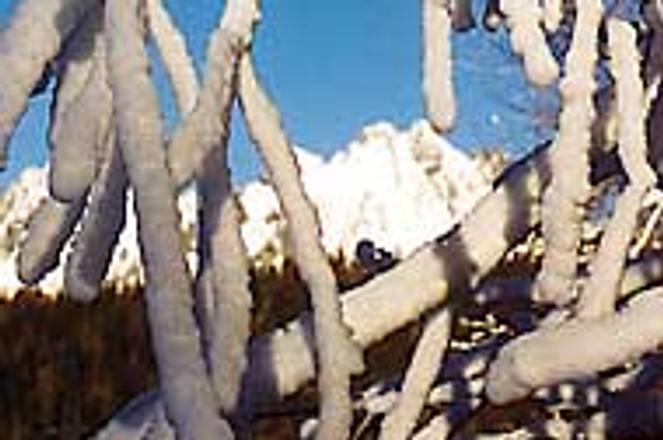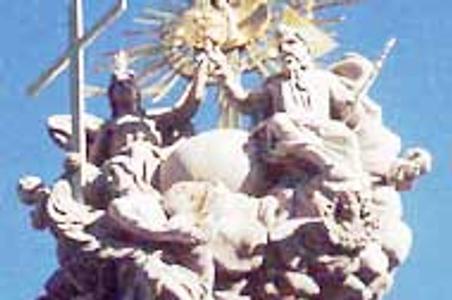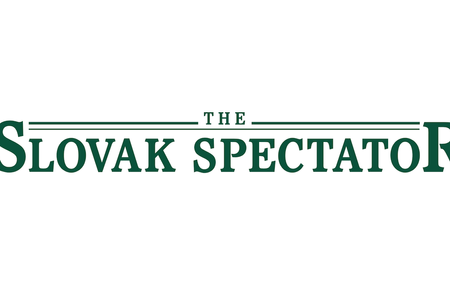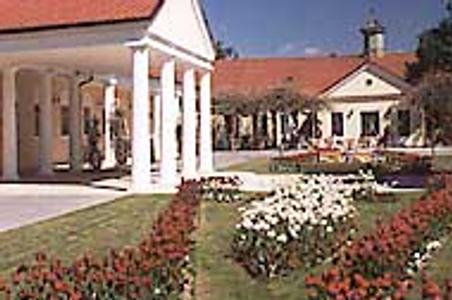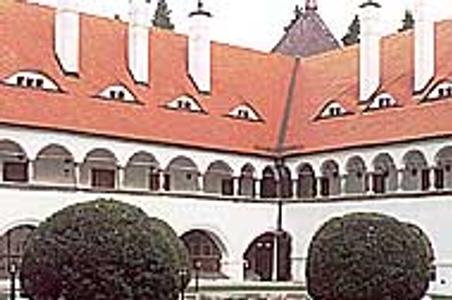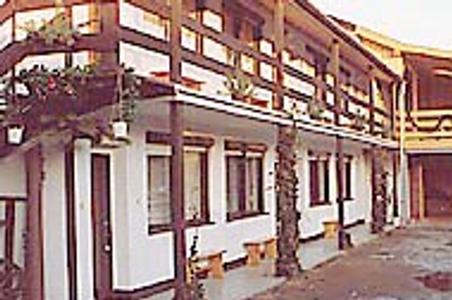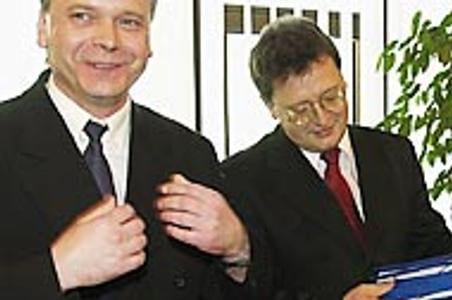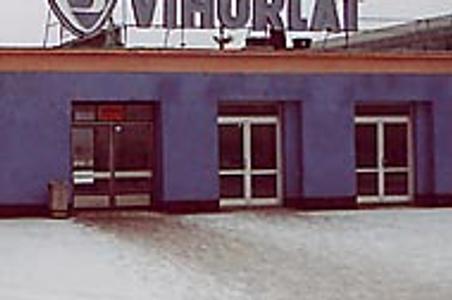- Thank heavens for Trenčín (from our archive)
- To love or to hate Bratislava (from our archive)
- The prettiest castle in Slovakia (from our archive)
- How I came to appreciate (some) Communist-time architecture (from our archive)
- Slovak Matters: A guide to the Spiš dialect
- Adopting a Slovak child: A beginners guide
- Slovak Matters: When I am mimo
- Slovakia’s secret weapon is living abroad
- News digest: Parties push for constitutional changes as President urges focus on real issues Photo
- Bratislava Region simplifies transport zones, raises fares
- Neo-Nazi gang in Bratislava plotted armed attack and called their leader ‘Mr Führer’, court documents reveal
- Irish outlet hails Slovak spa town as top European holiday spot
- Last Week: Central bank governor found guilty, but Fico accuses the judge
- After years of straddling two worlds, this American is now reconnecting with his Slovak roots
- The hidden costs of Slovakia’s complicated tax system
- Last Week: Central bank governor found guilty, but Fico accuses the judge
- Irish outlet hails Slovak spa town as top European holiday spot
- After years of straddling two worlds, this American is now reconnecting with his Slovak roots
- Slovakia’s secret weapon is living abroad
- The law changed. Our family papers were ready. Now my kids are Slovak citizens
- Why a British teacher chose Slovakia as home Audio
- Slovak brewers win hearts in Porto with beer inspired by a childhood favourite
- Employers outline €6.5 billion in spending cuts, but Fico fires back
- Irish outlet hails Slovak spa town as top European holiday spot
- After years of straddling two worlds, this American is now reconnecting with his Slovak roots
- Last Week: Central bank governor found guilty, but Fico accuses the judge
- Why a British teacher chose Slovakia as home Audio
- The law changed. Our family papers were ready. Now my kids are Slovak citizens
- Slovakia’s secret weapon is living abroad
- A bus now runs through it: Slovakia and Poland’s Tatras finally connect
- Where can vegetarians and gluten-free diners eat out in Bratislava?
- After years of straddling two worlds, this American is now reconnecting with his Slovak roots
- Irish outlet hails Slovak spa town as top European holiday spot
- Why a British teacher chose Slovakia as home Audio
- The law changed. Our family papers were ready. Now my kids are Slovak citizens
- Slovakia’s secret weapon is living abroad
- Where can vegetarians and gluten-free diners eat out in Bratislava?
- Bratislava unveils its first 3D-printed bus stop Photo
- Slovak physicist: I do not employ doctoral students; I make them go abroad. I expect them to push us forward
- Iconic Slovenský Raj chairlift shuts down a week after opening Photo
- News digest: Parties push for constitutional changes as President urges focus on real issues Photo
- Bratislava Region simplifies transport zones, raises fares
- Neo-Nazi gang in Bratislava plotted armed attack and called their leader ‘Mr Führer’, court documents reveal
- The hidden costs of Slovakia’s complicated tax system
- Last Week: Central bank governor found guilty, but Fico accuses the judge
- News digest: Ex-judge Harabin cleared of charges over pro-Russian war comments
- Slovak universities, SAV, local governments top 2025 trust rankings More articles ›

